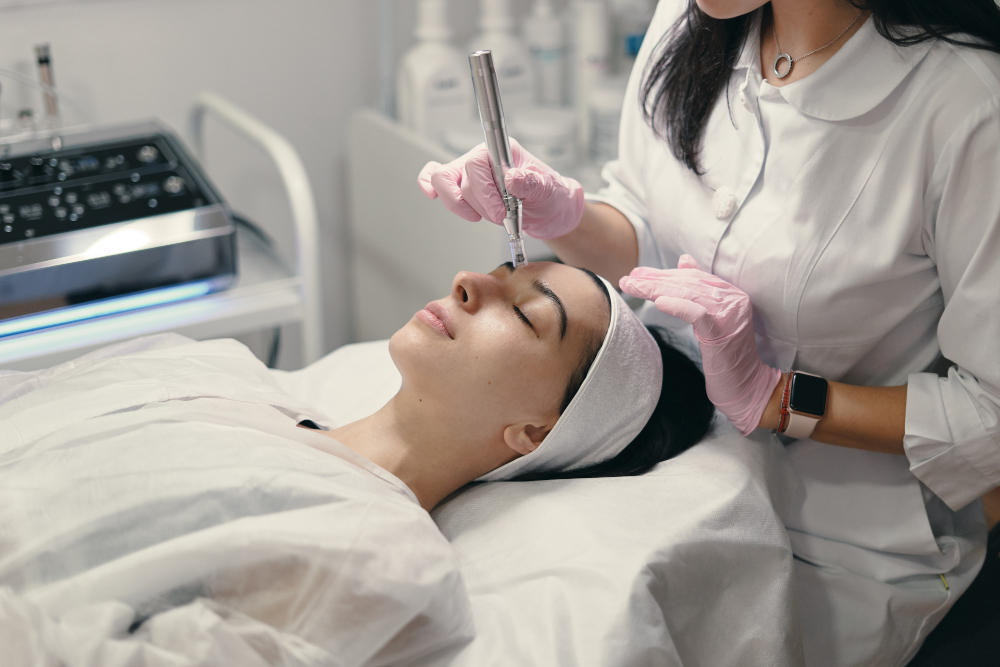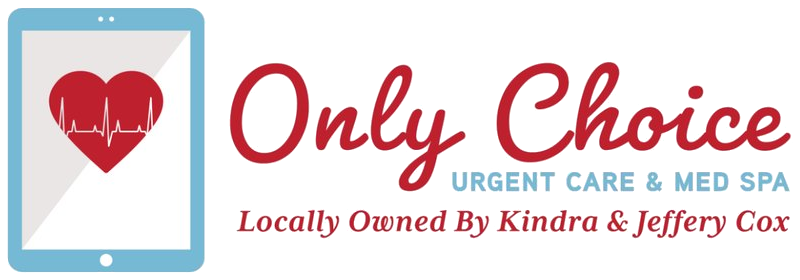Synthetic oxytocin can be delivered via nasal spray or injection. Oral administration, such as a pill or liquid supplement, is ineffective due to chymotrypsin, a digestive enzyme that destroys oxytocin before it can make it to the bloodstream.
The nasal cavity is lined with a thin mucous membrane filled with blood vessels and capillaries. When administered nasally, oxytocin easily crosses this thin layer of cells and is absorbed directly into the bloodstream. Nasal sprays allow oxytocin to travel from the bloodstream to the brain more quickly than an injection would, making it the preferred method of supplementation.
Oxytocin can be prescribed to help treat Female Orgasmic Disorder, Female Arousal Disorder or for those women who just desire a more powerful orgasm or multiple orgasms.
Recent research has shown that oxytocin may have many other far-reaching effects, particularly when it comes to relationships and emotional involvement. Oxytocin is the reason why we form all sorts of deep connections, not only with our children but with our partners, friends and even our pets and is often called the “bonding hormone”. Oxytocin also plays a huge role in the non-procreative aspects of sex.

Research has shown that for women, not only is oxytocin released during orgasm, it appears to be responsible for causing orgasms in the first place. Research indicates that oxytocin causes the nerves in the genitals to fire spontaneously, and this leads to powerful orgasms. In women, during orgasm, oxytocin levels become stratospheric. During peak sexual arousal, if a woman’s brain is flooded with oxytocin, she may indeed be capable of multiple orgasms.
Sometimes called “the cuddle hormone”, oxytocin is released in response to a variety of environmental stimuli including skin-to-skin contact and cervical stimulation experienced during sex. At normal levels, oxytocin encourages a mild desire to be kissed and cuddled by your lover. Being touched (anywhere on the body) leads to a rise in oxytocin levels. This causes a cascade of reactions within the body, including the release of endorphins which results in both biological and psychological arousal.
The nerves in erogenous zones, such as the earlobes, neck and genitals, become sensitized by the effects of oxytocin. It promotes a bond of intimacy, closeness and desire which increases sexual receptiveness and the desire to be touched further—being touched further causes even more oxytocin to be released and so desire and arousal are heightened even more. Given its ability to generate deep and profound emotional connections, and its ability to fuel feelings of sexual intimacy and desire culminating in powerful orgasms, oxytocin really is the nearest thing to a love drug.

Monday – Friday: 9:00AM – 5:30 PM
Saturday: 9:00AM – 5:30 PM
Sunday: Closed
Urgent Care: No appointments, walk-in only
Med Spa and Pellets: By appointment only

We accept Google Pay, Care Credit and Flex Spending Accounts on Urgent Care and Med Spa services.

Leave us a review